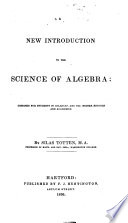 | Silas Totten - Algebra - 1836 - 360 pages
...with reference to the powers of a. The first term of the quotient will therefore be found by dividing the first term of the dividend by the first term of the divisor. 11 ALGEBRA. 2. As the dividend is the sum of all the partial products formed by multiplying the divisor... | |
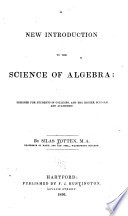 | Silas Totten - Algebra - 1836 - 320 pages
...with reference to the powers of a. The first term of the quotient will therefore be found by dividing the first term of the dividend by the first term of the divieor. 2. As the dividend is the sum of all the partial products formed by multiplying the divisor... | |
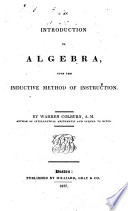 | Warren Colburn - Algebra - 1837 - 288 pages
...alike, that is; both -f- or both — , the sign of the quotient must be -f-; but when the signs are unlike, that is, one -f- and the other — , the sign...dividend by the first term of the divisor, and write tJie result in the quotient. Multiply all the terms of the divisor by the term of the quotient thus... | |
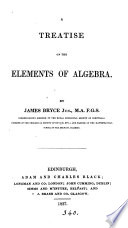 | James Bryce - Algebra - 1837 - 322 pages
...to both, so that its highest power may stand first, its next highest power second, and so on ; 3° divide the first term of the dividend by the first term of the divisor; the quantity found is the first term of the quotient; 4° multiply this term into the divisor, and,... | |
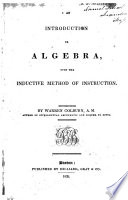 | Warren Colburn - Algebra - 1838 - 282 pages
...compound numbers. > v, •Arrange the dividend and divisor according to the powers of some letter. Dimde the first term of the dividend by the first term of...the result in the quotient. Multiply all the terms of the divisor by the term of the quotient thus found, and subtract the product from the dividend.... | |
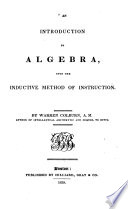 | Warren Colburn - Algebra - 1839 - 308 pages
...or both — , the sign of the quotient must be -\-; but when the signs are unlike, that is, one ~\- and the other — , the sign of the quotient must...the result in the quotient. Multiply all the terms of the divisor by the term of the quotient thus found, and subtract the product from the dividend.... | |
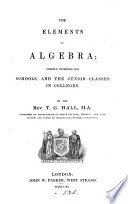 | Thomas Grainger Hall - 1840 - 266 pages
...and dividend according to the powers of the same letter, beginning with the highest power in each. Divide the first term of the dividend by the first term of the divisor, and set down the quotient by itself: multiply every term of the divisor by this quotient, and subtract... | |
 | Thomas Sherwin - Algebra - 1841 - 314 pages
...exact second power, and, therefore, does not admit of an exact root. Remark 2. In dividing we merely divide the first term of the dividend by the first term of the divisor; and, since double the first, the first two, the first three, &c. terms of the root, will have the first... | |
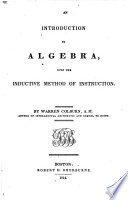 | Warren Colburn - Algebra - 1844 - 280 pages
...alike, that is, both -j- or both — , the sig* of the quotient must be -\-; but when the signs are unlike, that is, one -f- and the other — , the sign...the result in the quotient. Multiply all the terms of the divisor by the term of the quotient thus found, and subtract the product from the dividend.... | |
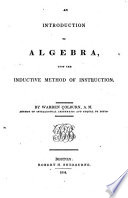 | Warren Colburn - Algebra - 1844 - 280 pages
...or both — , the sign of the quotient must be -)-; but when the signs are unlike, that is, one -\- and the other — , the sign of the quotient must...the result in the quotient. Multiply all the terms of the divisor by the term of the quotient thus found, and subtract the product from the dividend.... | |
| |